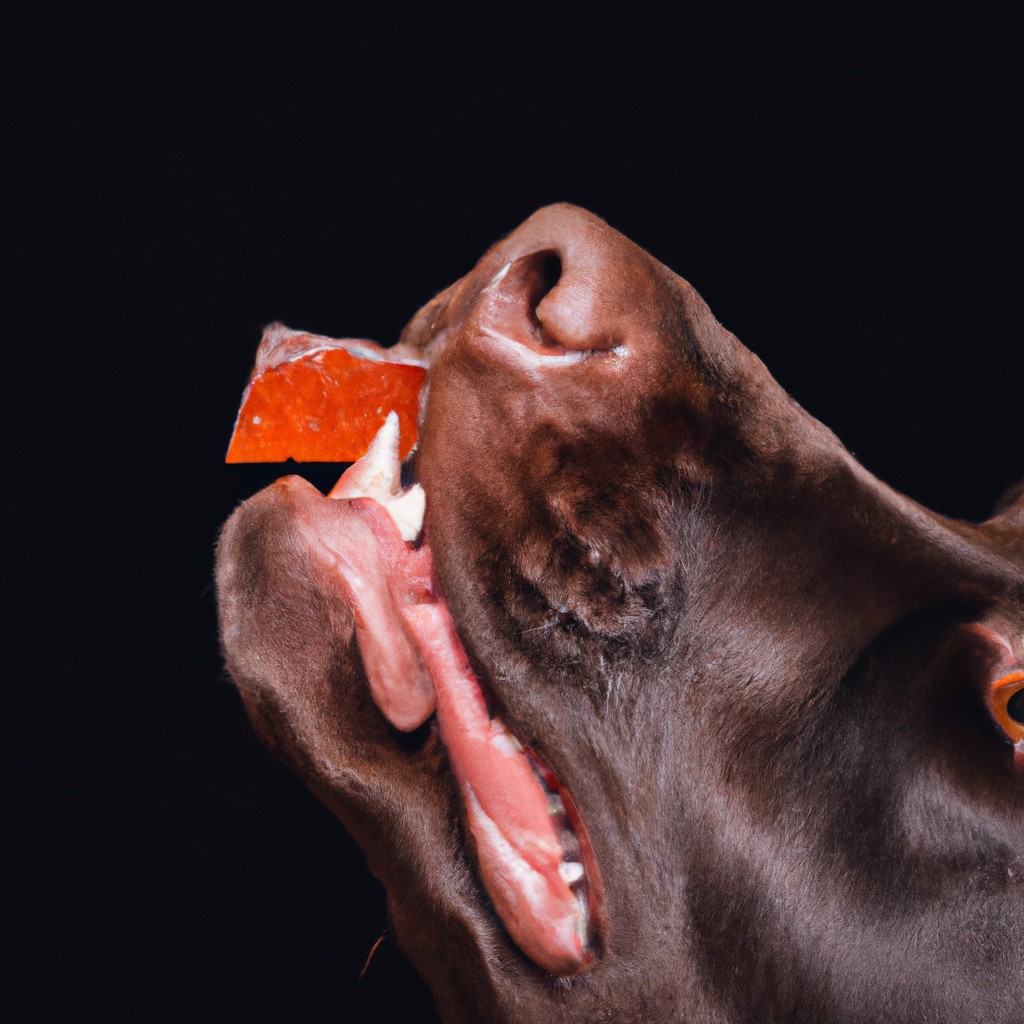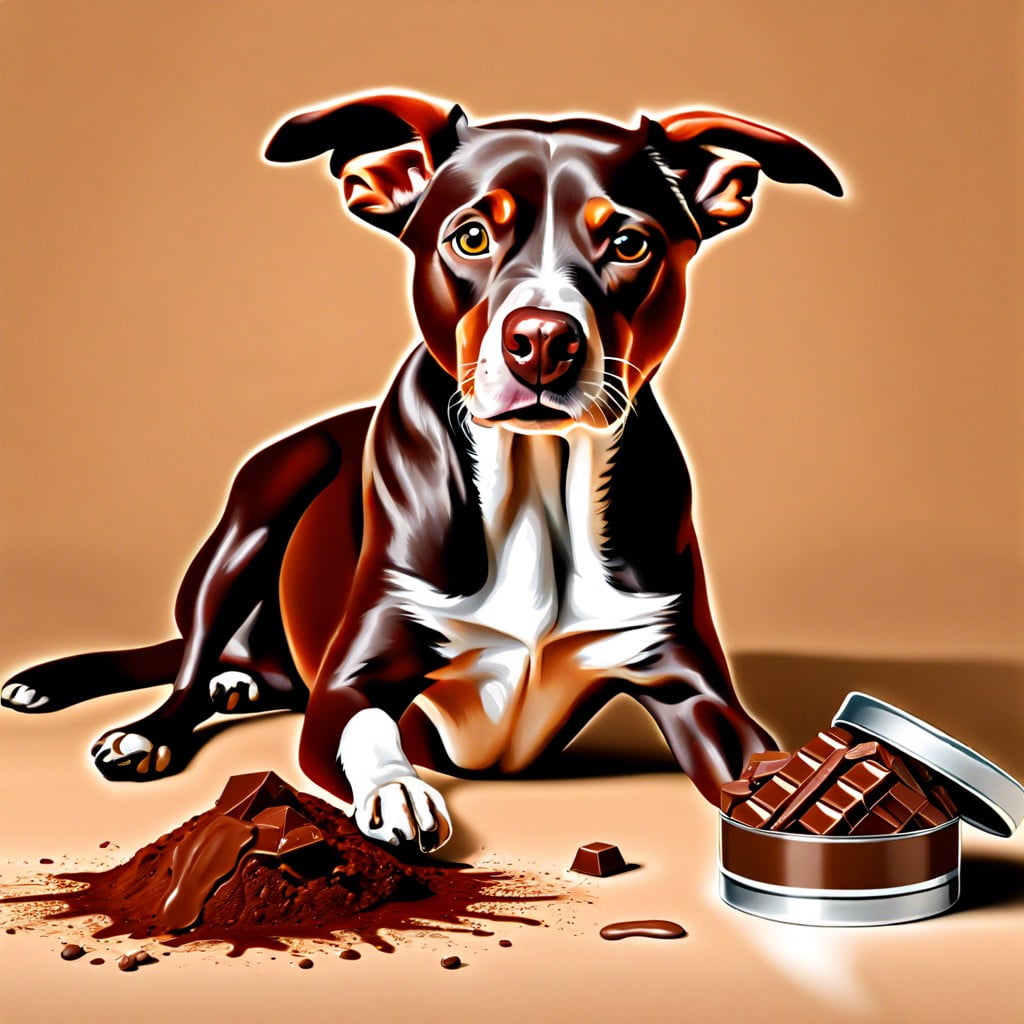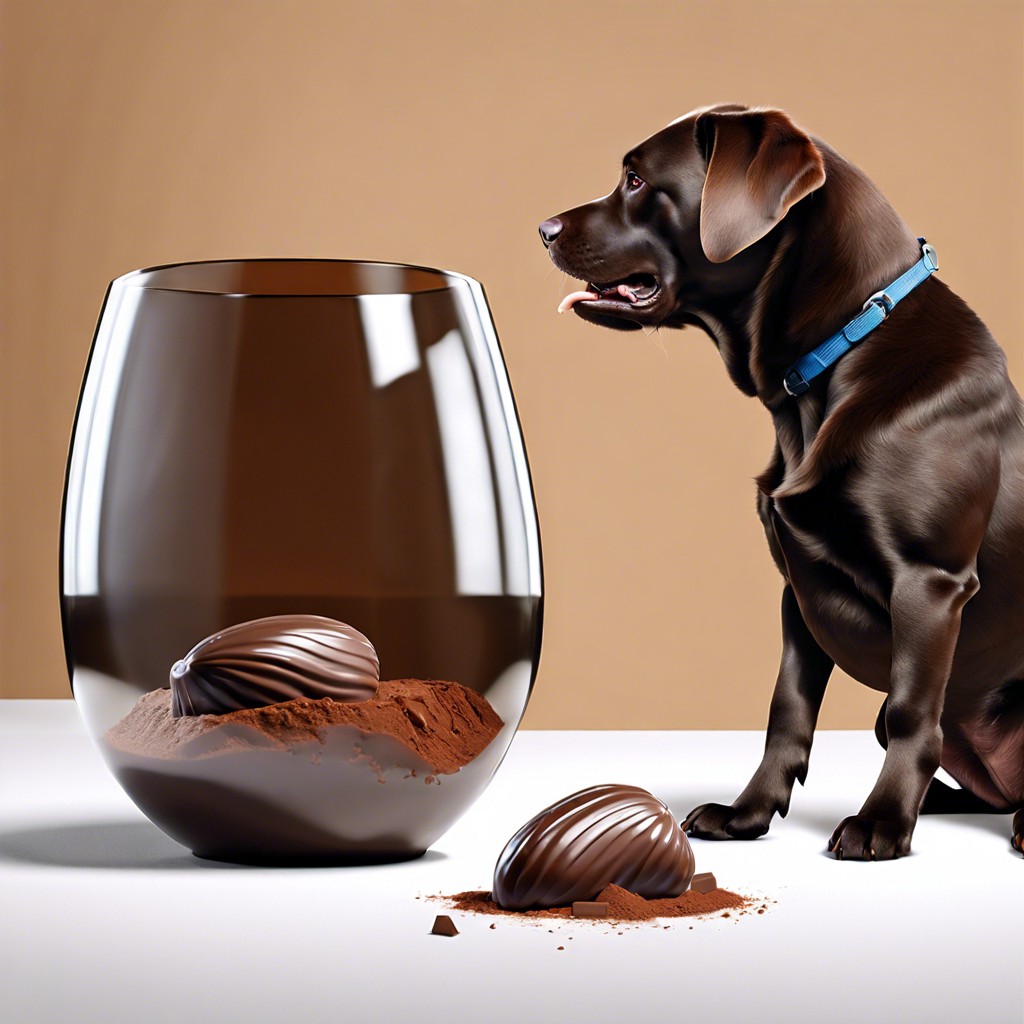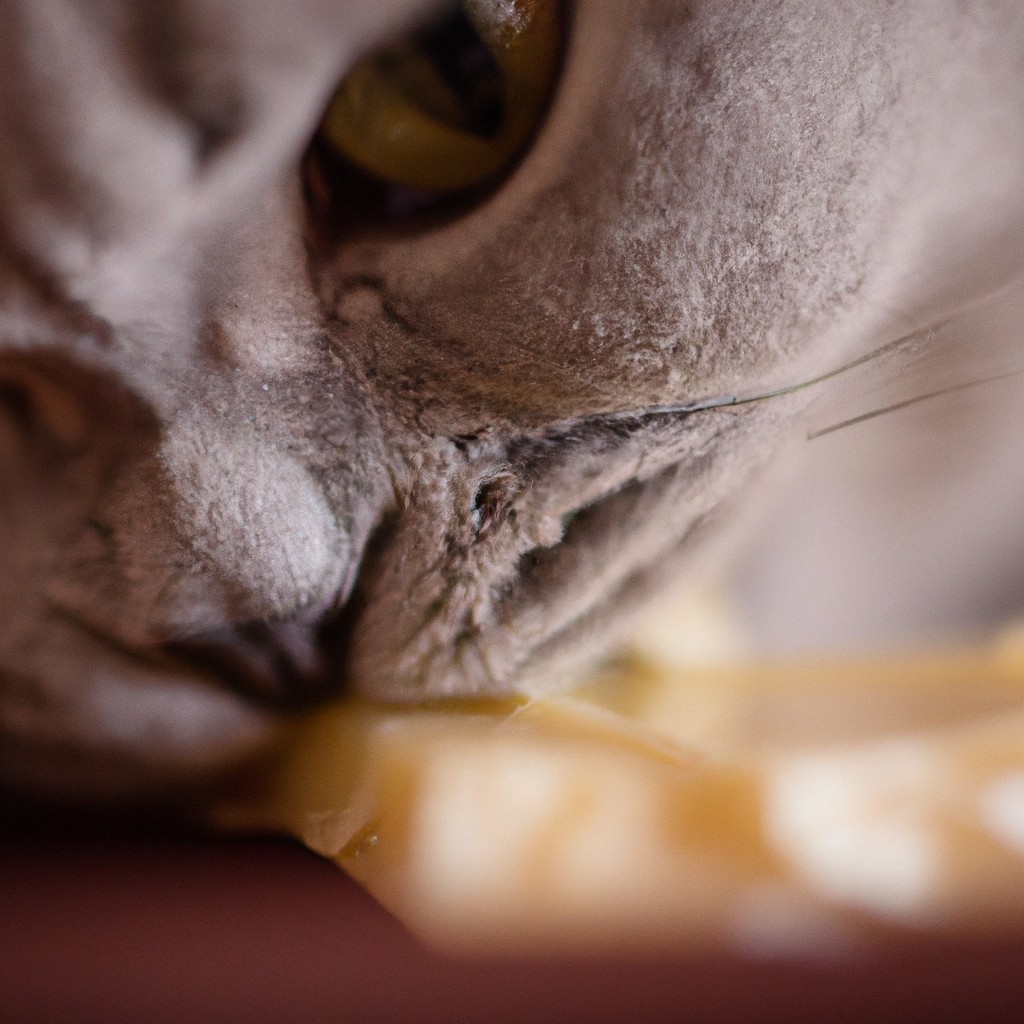Learn about the risks and immediate steps to take if your dog consumes chocolate.
Key takeaways:
- Chocolate contains toxic substances for dogs: caffeine and theobromine.
- Act quickly and remove any remaining chocolate.
- Consult a veterinarian or Pet Poison Helpline for advice.
- Do not attempt home remedies without professional guidance.
- Safeguard chocolate and educate household to prevent ingestion.
Inside
Why Chocolate Is Toxic to Dogs

Chocolate contains substances known as methylxanthines, specifically caffeine and theobromine, which are toxic to dogs. Dogs metabolize theobromine much slower than humans do, leading to a buildup that can cause a range of health issues.
The severity of the toxicity depends on the type and amount of chocolate ingested, as well as the size and breed of the dog. Dark chocolate and baking chocolate have higher concentrations of theobromine, making them more dangerous. Even small amounts of chocolate can cause symptoms like vomiting, diarrhea, rapid breathing, increased heart rate, and seizures in dogs.
Timely intervention and veterinary care are crucial to manage any chocolate ingestion incident in a dog.
What to Do If Your Dog Eats Chocolate
Act quickly and stay calm. Remove any remaining chocolate to prevent further consumption.
Assess the situation by determining the type and amount of chocolate ingested and your dog’s weight.
Consult the Pet Poison Helpline or a local veterinarian promptly for advice tailored to your dog’s specific situation.
Do not attempt home remedies, like inducing vomiting, without professional guidance as this can cause additional harm.
Keep a record of your dog’s symptoms and report them accurately to the vet, as this will assist in determining the severity of the poisoning.
Prepare to transport your dog to the veterinary clinic if recommended by a professional, ensuring their safety and comfort en route.
How to Prevent Your Dog From Eating Chocolate
Safeguard all chocolate products by storing them in high cabinets or secure pantries beyond your dog’s reach. Consider child-proof locks for lower cabinets to ensure a crafty canine cannot access hidden treats.
Educate your household, including children, about the risks of chocolate to dogs. Make it a rule that chocolate is never to be given to pets.
Be extra cautious during holidays like Easter, Halloween, and Christmas when chocolate is more prevalent in the home. Clear away chocolate wrappers and ensure that treats are kept out of sight and smell.
When baking or cooking with chocolate, keep your dog out of the kitchen to prevent accidental drops from being gobbled up.
Use a trash can with a secure lid to discard chocolate wrappers or leftovers, and empty it regularly.
Supervision is key—monitor your dog’s environment, especially when they’re in new or unfamiliar settings where chocolate might be accessible.
When to Call a Veterinarian
If your dog displays any symptoms such as vomiting, diarrhea, rapid breathing, increased heart rate, or seizures after ingesting chocolate, immediate veterinary consultation is crucial.
Even in the absence of symptoms, if you know that your dog has consumed a large amount of chocolate, especially dark or baking chocolate, you should contact a veterinarian or a pet poison helpline.
Time is a critical factor in the treatment of chocolate poisoning in dogs, and veterinary intervention is most effective when administered early.
Have the type and quantity of chocolate ingested on hand when you call, as it will help the vet assess the situation more accurately.
Treatment Options for Chocolate Ingestion in Dogs
Upon veterinary assessment, several treatment approaches may be recommended depending on the severity of the ingestion:
- Induced Vomiting: To prevent absorption, a vet may induce vomiting if the chocolate was recently eaten.
- Administration of Activated Charcoal: This acts to prevent further absorption of theobromine into the bloodstream.
- Intravenous Fluids: Enhances excretion of theobromine and supports kidney function.
- Medications: In cases of severe toxicity, medications to manage heart rate, blood pressure, and convulsions may be necessary.
- Monitoring: Continuous observation for signs of complications or additional treatment needs.
Each case is unique and requires personalized treatment. Immediate veterinary consultation maximizes the potential for a positive outcome.




